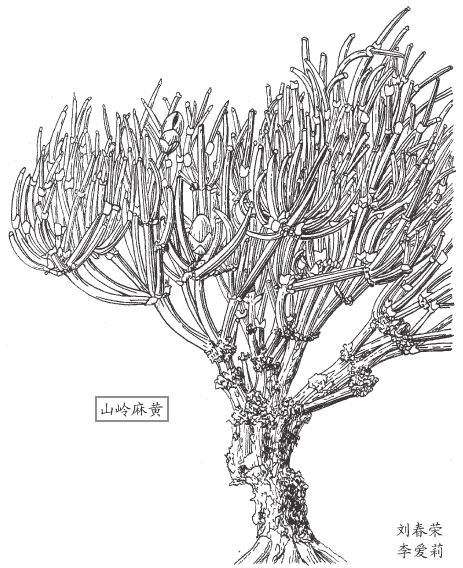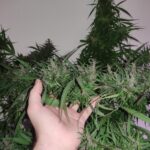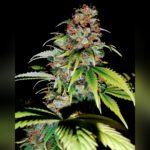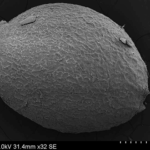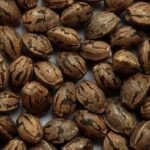‘Homa’ or ‘haoma’ is the name used in the Avesta for the plant or substance the Vedas know as ‘Soma’. The most widely accepted candidate for this mysterious ancient Iranian and Indo-Iranian ritual intoxicant – if that’s even what it was – is Ephedra. But, no surprise, Cannabis is also among the many plants it’s argued might be ‘the real Homa / Soma’.
One recent argument popular among aficionados goes like this:
‘Hu ma‘ (胡麻) is a Chinese name for potent Scythian Cannabis and from this comes the Avestan name ‘Homa’.
There’s at least one serious problem with this idea:
The Rig Veda and the Avesta – ancient scriptures of Hinduism and Zoroastrianism (Mazdaism), respectively – are at a bare minimum something like 1000 years older than the Chinese name hu ma.
The Rig Veda and early Avesta originate from the Bronze Age, very approximately c. 1300 BCE. Whereas hu ma is a name dating to the opening of the ‘Silk Road’ during the Han Dynasty (c. 200 BCE), when the Han Chinese began exploring westward into Central Asia, a good millennium or so later.
Hu (胡) was a name used by the early Chinese for peoples to their west such as the Scythians, Sogdians, Xiongnu, and perhaps even Indians. There’s quite a strong negative connotation to hu, similar to ‘barbarian’, though the meaning can simply be ‘foreigner from the west / north’, such as a nomad or urban oasis dweller from Central Asia or the Eurasian Steppe. The Hu proper were the Sogdians.
Hu ma means roughly ‘Scythian hemp’ or ‘Sogdian hemp’. The name can and could denote a range of western oilseed and fibre crops such as sesame and flax (linseed). These are crops that the Han Chinese began to encounter as they ventured westward into the valleys and deserts of Central Asia.
But it seems quite unclear whether ‘hu ma’ ever did refer to high-THC Cannabis (i.e., subsp. indica), even though this was certainly used ritually by the Scythians around what’s now Xinjiang and far to the west in what are now southern Russia and Ukraine. For more on this question, see Berthold Laufer’s discussion in Sino-Iranica.
Add to this uncertainty two more major problems for the hu ma > Homa idea, namely how 胡麻 would have been pronounced in ancient Chinese, plus the fact that Homa would have been pronounced ‘hōm’.
The names ‘Soma / Haoma / Homa’ in reality denote something like “that which is pressed; extract.” They derive from Avestan ‘hu’ and Sanskrit ‘su’, meaning ‘press’ or ‘pound’. These ritual drinks were probably common to the shared ancestors of the Old Iranian and Old Indian peoples, far back into prehistory – in other words, a long, long time before the Axial Age and the era of Chinese adventure into the Western Regions (西域).
For authoritative Scythian chat, check out this excellent lecture by ace archaeologist, Barry Cunliffe:
The image shows Ephedra gerardiana with cone-bearing branchlet and seed cones at maturity by Liu Chunrong, redrawn by Li Aili (Fu et al. 1999).
